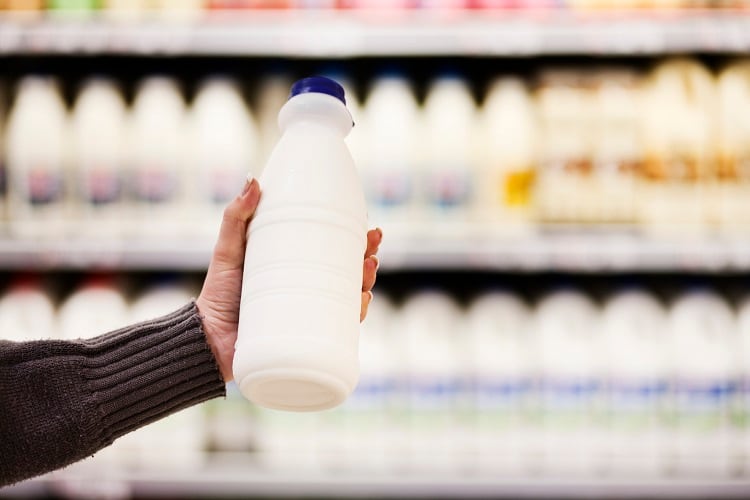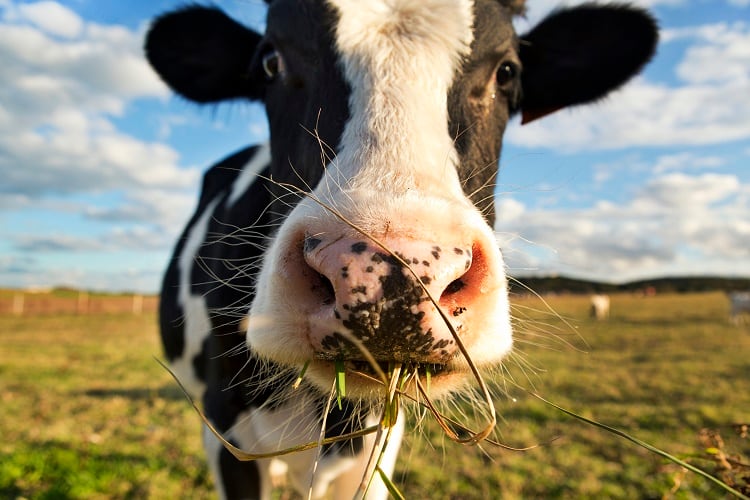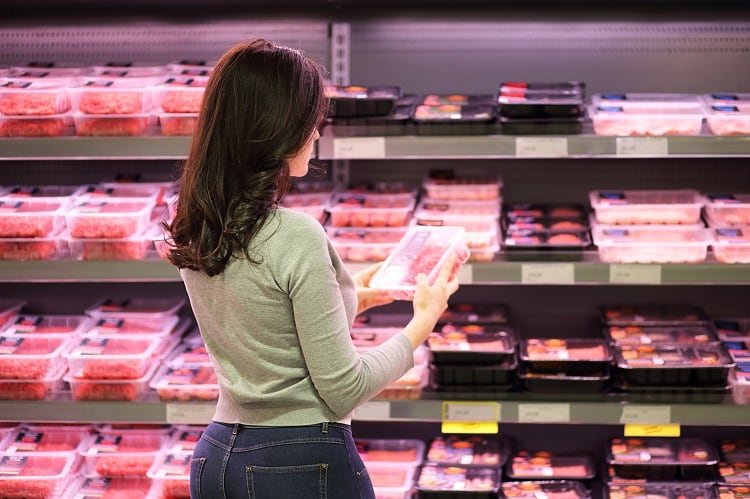Consumers want higher animal welfare across Europe, where law dictates standards for livestock species including calves, laying hens and broilers. They also want better animal welfare labelling on food products.
In France, food agency ANSES is responding with a proposal for a Nutri-Score-like system classifying standards from the highest (A) to the lowest (E).
Unlike most animal welfare labels, which only consider the rearing methods and ways to improve them, France wants to take a more holistic approach. Current animal welfare labels ‘are not enough’, stresses Julie Chiron, expert appraisal coordinator at France’s food agency.
How ANSES plans to improve animal welfare labelling
Instead of focusing solely on rearing conditions, ANSES wants to assess animal welfare according to scientific indicators measured directly on animals. The food agency also wants to take not just the food-producing animals into account, but also the living conditions of their parents.
Considering rearing methods only, is insufficient, according to Chrion. “A laying hen farm may have perches, but if the hens do not use them because they are not easily accessible, for example, this feature will not contribute to their welfare.”
Do consumers actually want better animal welfare for food-producing animals?
According to ANSES, consumers are increasingly concerned about the living conditions of animals used to produce foodstuffs such as meat, dairy products and eggs.
A recent survey conducted by the Consumer Organisation (BEUC) backs this up, with almost 90% of respondents supporting new laws to improve the welfare of farmed animals in the EU, such as providing more living space and banning cage systems.
Instead, the food agency wants to focus on the wellbeing of the animal itself, in alignment with ANSES’ 2018 definition of animal welfare:
“The welfare of an animal is its positive mental and physical state related to the fulfilment of its physiological and behavioural needs and its expectations. This state varies according to the animal’s perception of the situation.”
Animal welfare assessments should also be made for non-food-producing animals, contends the agency. Animals at selective breeding and reproduction farms designed to improve genetic characteristics and supply food-producing animals also deserve adequate welfare standards.
Which factors affect an animal's wellbeing?
French food agency ANSES has identified factors that can affect animals’ wellbeing at every stage of its life.
These include: genetic characteristics, rearing methods, the breeder’s practices and training, housing, feeding, breeding, transport and slaughter, as well as measures taken to ensure good health, and limiting the use of painful practices.
“In some sectors, breeding animals are reared abroad and little is known about their living conditions,” says Chrion, “This criterion will require the sectors to organise themselves to ensure that they have this information.
“Also, we cannot claim that a production process respects animal welfare if we know nothing about the living conditions of the previous generation, whose rearing is subject to specific constraints, particularly health constraints.”
Which animal welfare standard will receive which ranking?
The European Union sets the minimal animal welfare standards required across the bloc, but individual Member States can take these further if they so wish – as long as they meet the minimum EU standard.
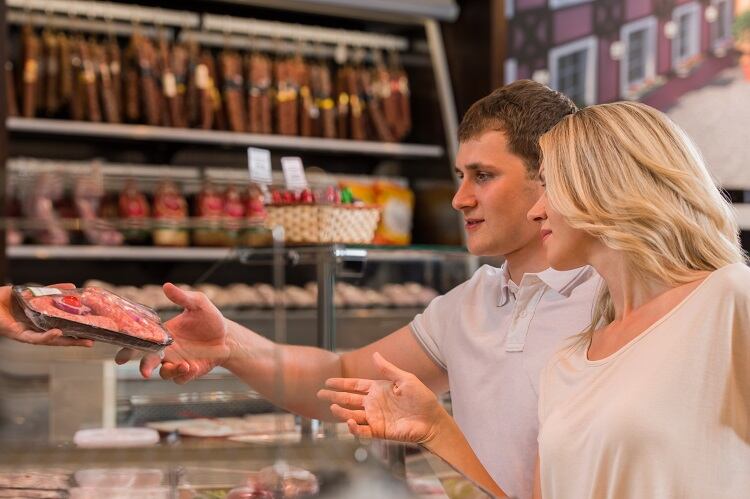
How does ANSES believe its proposed label will improve animal welfare standards? Well, if an operator only meets EU legislation on animal welfare – whether relate to rearing, transport or slaughter – they will receive an ‘E’ ranking.
The agency suggests this low score (in fact, the lowest score available) should help producers implement high animal welfare standards – beyond that required by EU law – over time.
As to the animal welfare standards of animal parents, ANSES suggests that if no information is available, the operator should receive a ranking of ‘C’ or lower.
In a similar vein to Nutri-Score, the labelling system should enable consumers to make quick decisions based on an overall score.
Remind me, how does Nutri-Score work again?
Nutrition labelling scheme Nutri-Score was developed in France in 2017. Its algorithm ranks foods from -15 for the ‘healthiest’ products to +40 for those ‘less healthy’. Based on this score, the product receives a letter with a corresponding code: from dark green (A) to dark orange (E).
Who should pay for higher animal welfare standards?
Improving animal welfare standards doesn’t come cheap. As to who should cover these costs, ANSES suggests all stakeholders should bear the costs of improving – and assessing – animal welfare standards.
Consumers around Europe also agree not all costs should be shouldered by farmers. A recent survey conducted by the European Consumer Organisation (BEUC) and associated organisations sought responses from 1,000 people across eight countries: Belgium, Hungary, Italy, the Netherlands, Portugal, Spain and Sweden.
A total of 74% of participants said they would like that if higher animal welfare standards were implemented across the bloc, the EU should provide funds to farmers to help cover those costs.
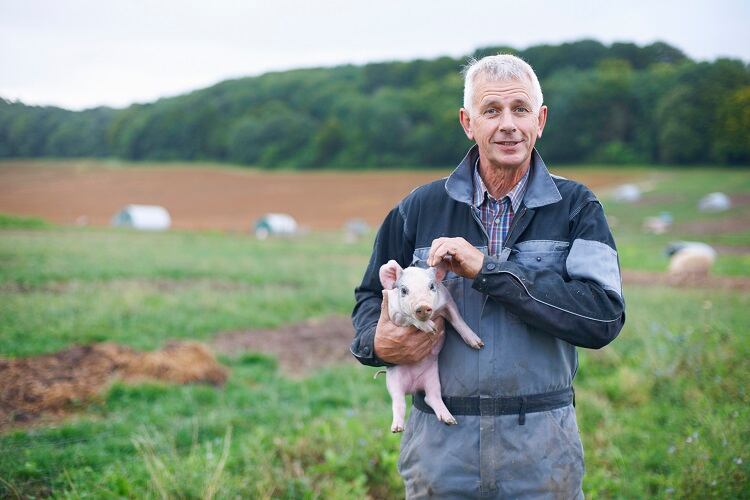
If consumers want higher welfare standards, and have an idea of how they’d like associated costs covered, might animal welfare labelling be on the horizon?
At an EU level, animal welfare labelling (beyond what currently exists for table eggs) is no longer on the cards. In 2020, the Commission committed to setting up a harmonised animal welfare indicator before the end of 2023, but has since abandoned that pledge.


